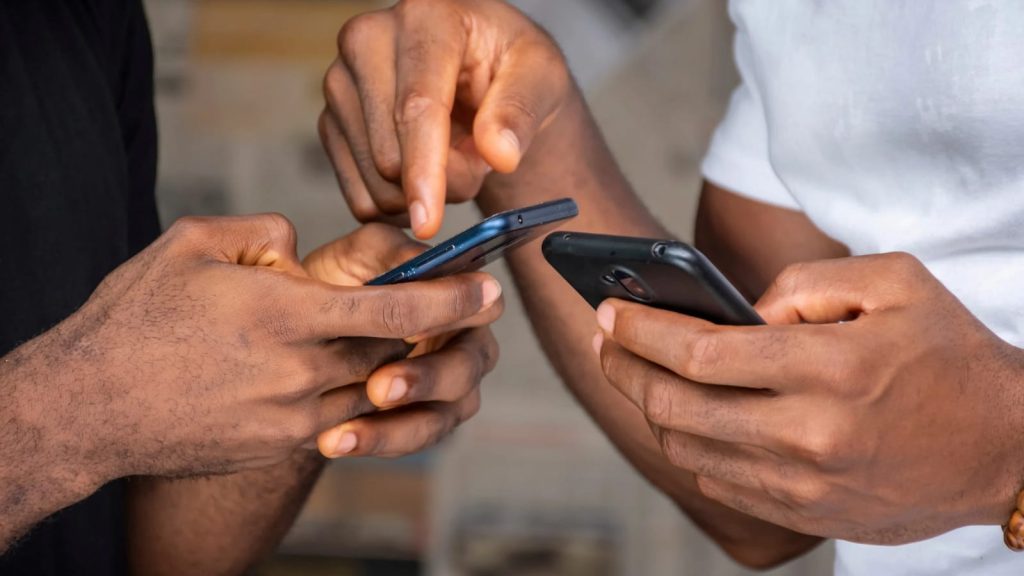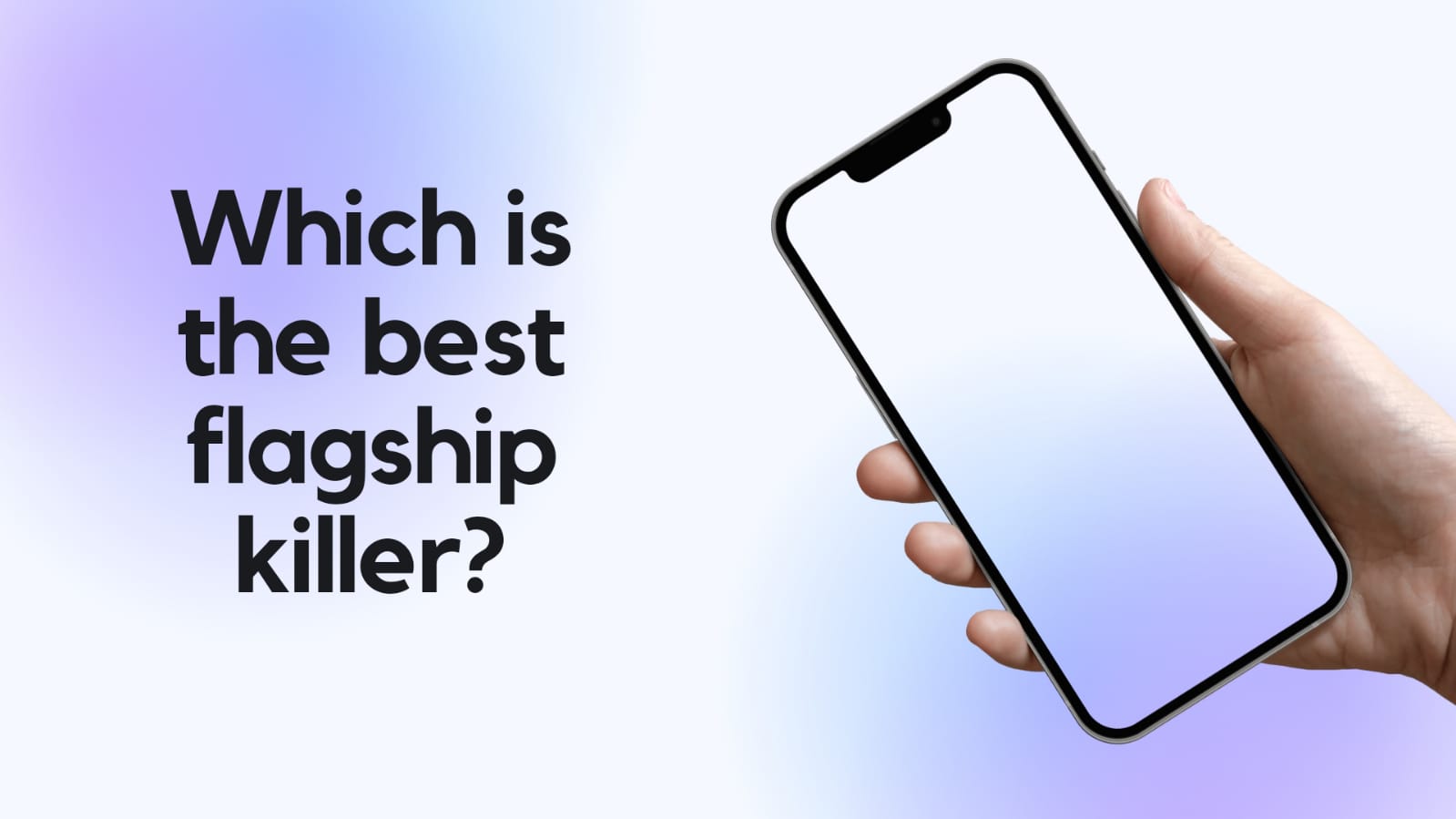Alright, I’ll get straight to the point: which is the best flagship killer? Ever since our iQoo Neo 9 Pro article, you guys have been asking us to compare it to the OnePlus 12R. Both are Snapdragon 8 Gen 2 with similar specs, and both cost around 35,000 to 40,000. So, which one should you buy? Well, you asked, and we delivered. And we’ll also take it one step further; we’ll also include last year’s best flagship killer, Nothing Phone 2. Because A, it costs the same, and B, it truly has some extra flagship-level features, which makes it different and worth the comparison.
And the first difference comes from the whole unboxing experience. While the Nothing Phone 2 just comes with the phone, charging cable, and a sim ejector tool, the OnePlus 12R and the Neo 9 Pro come with a phone case and a fast charger included in the box. So, points for unboxing go to OnePlus and iQOO. Oh, and by the way, we’ll be giving out one point for each category to keep things simple and easy for you guys. Now, coming to the phones, things are pretty fascinating here. With the iQOO Neo 9 Pro, you get this red and white color design. It is pretty eye-catching. Now, this variant comes with a vegan leather finish, and side by side with all the three phones, the iQOO is the lightest at about 190 grams, and it also has a flat design, which I prefer. Now, the OnePlus 12R, on the other hand, goes in a different direction. For starters, you get a glass back, which makes it feel more premium, but at the same time, if I do this, it gets smudges all over, so you will have to use a cover. The good thing is, on the back and the front, you get Corning Gorilla Glass Victus 2. And speaking of the front, hang on, Sayan, flat display or curved display? Of course, curved displays It looks more stylish. So yeah, the OnePlus 12R has this curved display, and while a while a few people like and do prefer that, I don’t.
NothingPhone 2 here, I would say, is the perfect middle ground. It has a flat display, which I prefer, and it has a curved back design, which is the best of both worlds. Also, you get this Glyph interface for nothing, which makes it look unique and also functional. We’ll come to the Glyph in just a moment, but coming back to design, design choices are subjective, but I would personally go with nothing. It looks different—I mean, differently good. Moving on from looking to viewing, things are quite interesting. On paper, all the phones have similar displays: 6.7-inch, Full HD, 120Hz, AMOLED, yada, yada, yada. Now, yes, before you start commenting, do OnePlus and iQOO have 1.5K resolution and all? Yes, agreed. They do. However, practically, you don’t see any difference. Similarly, all of them have a variable refresh rate, LTPO. Here, let me show you. If I open YouTube, it is at 120 Hz, and if I open the calculator, it goes down as low as 1 Hz. But the main difference here is that when watching videos on all three phones, I’ll set the maximum brightness and play a YouTube HDR video. Now, I’m not sure how much it will show on camera, but side by side, the phone’s display seems a bit dull. The OnePlus 12R is good, but I really prefer the iQOO Neo 9 Pro. The colors and everything look poppy; it is vibrant but not oversaturated. Also, see, we have this gadget that shows how bright a display can go. So, if you see, the OnePlus 2 and OnePlus 12R stay somewhere around 1200–1400 nits, but the iQOO Neo 9 Pro touches almost 2300 nits.
Meaning, if you’re watching an HDR movie and there are a lot of explosions and boom, boom, boom, all that happening, then it will look great on iQOO. And here’s the icing on the cake: in certain games, the iQOO can actually go all the way up to 144Hz; we’ll get to gaming in just a moment, so out of the three phones, from a video perspective, I would go with the iQOO Neo 9 Pro. Now one of the most important aspects is the camera, and we are out here to test that, so while all of them take good pictures, there is a pattern here. Nothingphone 2’s HDR is slightly off, the picture looks dull at times, and iQOO has a tendency to add a blue tone and brighten the face, which makes the skin tone at times look odd. The OnePlus 12R, however, in that respect, is the proper middle ground. Skin tone, color, sharpness, and all are pretty nice. We even clicked a few portrait mode shots, and here too, I like the pictures from the OnePlus 12R. The background blur, edge detection, and all are on point. Now, moving on to selfies, I would say all of them take really good pictures. If I were to pick one, I would go with the OnePlus 12R. Skin tone, HDR, and overall pictures look good. Now, one thing to note here is that the iQOO is the only phone that can do 8K 30fps video, but again, who is doing that? So, mostly, we’ll be shooting in 4K. So if I combine photos and videos, I would say the OnePlus 12R has a complete package. Which brings me to the performance. Now, all of these are around 40,000 phones, so obviously, normal day-to-day tasks like calling someone, browsing the web, reading articles, and watching videos are all buttery smooth on all three phones. But if you do extra steps like play games, edit videos, and all that, that’s where you can actually notice the difference. And starting with gaming, all three phones have the same Snapdragon 8 Gen 2 CPU and Adreno 660 GPU. Now, obviously, you will get great gaming performance on all three phones. But here’s the thing: while all three phones have the same CPU and GPU, the iQOO Neo 9 Pro has this game mode, which is called “pressure-sensitive buttons.” Now, I know, it sounds gimmicky, but it’s actually pretty good. So, while playing games like PUBG and Call of Duty, you can actually press harder on the left and right sides of the phone to shoot and aim, which is a pretty cool feature.

And here’s the other thing: while playing games, the iQOO Neo 9 Pro is the only phone out of the three that actually has a fan inside. And it’s not just any fan; it’s a vapor chamber cooling system, which means it actually takes the heat away from the phone. So, if you’re playing games for a long time, the phone will actually stay cool. Whereas, on the OnePlus 12R and the Nothing Phone 2, you don’t have any of that. So, from a gaming perspective, I would go with the iQOO Neo 9 Pro. Now, coming to battery life, all three phones have a 4500mAh battery, and all three phones support fast charging. So, you can actually charge the phone from 0 to 100 in about an hour or so. But here’s the thing: while all three phones have the same battery size, the iQOO Neo 9 Pro has this 120W fast charging, which is insane. It can actually charge the phone from 0 to 100 in about 15-20 minutes, which is crazy fast. So, from a battery perspective, I would go with the iQOO Neo 9 Pro.
Now, coming to the software, all three phones have their own custom skins. The iQOO Neo 9 Pro has this iQOO UI 2.0, the OnePlus 12R has OxygenOS 12, and the Nothing Phone 2 has this unique Glyph interface. Now, obviously, it comes down to personal preference, but here’s the thing: while all three skins are pretty good, OxygenOS 12 is the most polished out of the three. It’s fast and smooth, and it’s pretty close to stock Android. So, from a software perspective, I would go with the OnePlus 12R. Now, coming to the price, all three phones cost around 35,000 to 40,000, but here’s the thing: the Nothing Phone 2 is not officially available in India, so you have to actually import it from the US. And when you do that, you have to pay customs duty, which adds to the cost. So, from a price perspective, I would go with the OnePlus 12R and the iQOO Neo 9 Pro. So, to sum it up, which one should you buy? Well, if you’re looking for the best phone to watch videos, take pictures, and play games, I would go with the iQOO Neo 9 Pro. If you’re looking for the phone with the most polished software experience, I would go with the OnePlus 12R. And if you’re looking for something unique and different, I would go with the Nothing Phone 2. So, there you have it. That’s our comparison between the iQOO Neo 9 Pro, the OnePlus 12R, and the Nothing Phone 2. I hope that helps

Leave a Reply